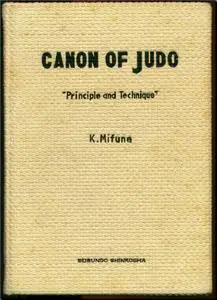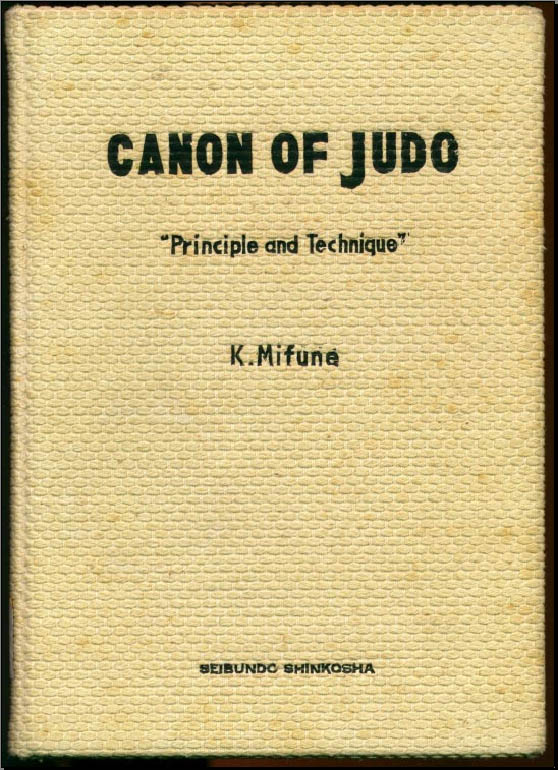Kyuzo Mifune - Canon of Judo: Principle and Technique
Seibundo-Shinkosha | 1958 | ISBN: N/A | English | 249 pages | PDF | 20.2 MB
Seibundo-Shinkosha | 1958 | ISBN: N/A | English | 249 pages | PDF | 20.2 MB
The book gives a brief history of Ju-jutsu in Japan, and gives the lineage of Judo, referencing Ju-jutsu masters prior to Jigoro Kano. To show the early origins and continuous development of the martial arts in Japan, a long list of historical text sources, people, and schools and styles are mentioned.
In the book, Kyuzo Mifune explains his metaphysical view of Judo, its role in Japanese society (and the world), and benefits to the individual player. He notes that Judo initially only included throws, and explains the difference between Judo and Ju-jutsu. He goes over the role of competition in Judo, and the purpose of free practice, randori, and explains that it is an indispensable part of Judo.
Although the book mentions the five kata
Nage (Throwing Forms)
Kime (Forms of Decision)
Katame (Grappling Forms)
Ju (Forms of Gentleness)
Koshiki (Ancient Forms)
it does not cover them. Furthermore, it does not cover Atemi-waza, but states that Atemi-waza include strikes, kicks, hits, and attacks using the fist, foot, elbow, kneecap, side of the palm, shoulder, or head, to attack the opponents vital points.
Lastly before going into each technique in detail, the book covers some basic concepts of techniques, such as Tai-sabaki (Body Control) and Hen-nou (Adaptability). It can be surmised that throwing techniques have at least three phases
Kuzushi, Balance Breaking
Tsukuri, Positioning
Kake, Execution.



